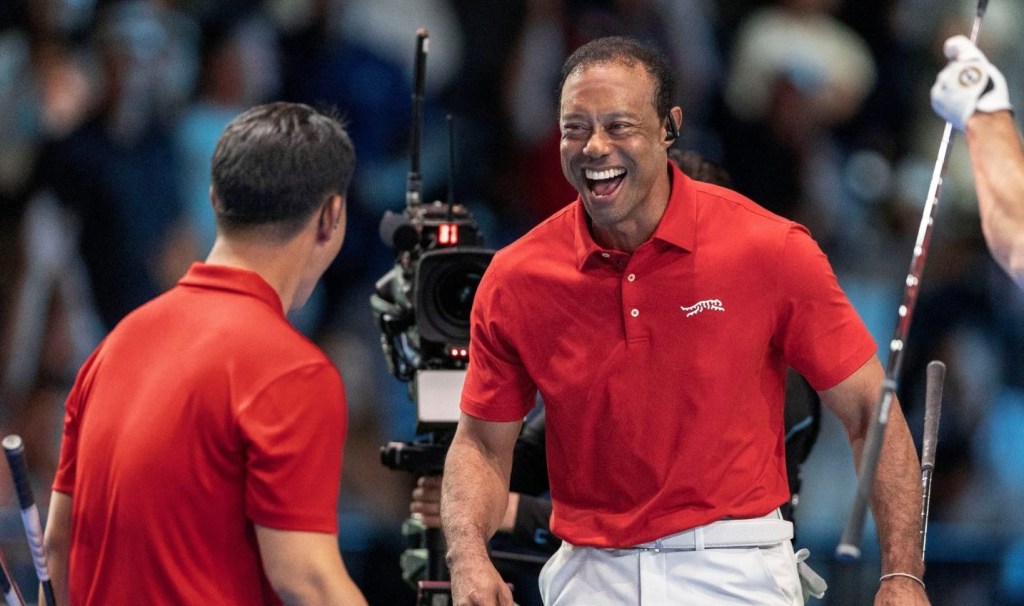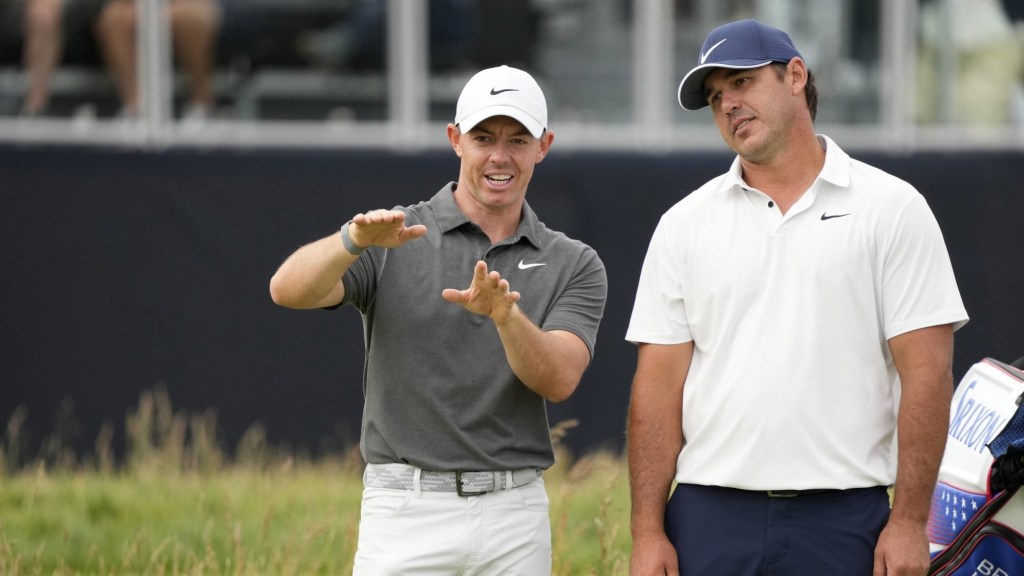Rickey Henderson, one of the most dynamic and influential players in Major League Baseball history, died Friday from pneumonia, leaving behind a massive legacy that continues to reshape how the sport is viewed and administered. He would have turned 66 on Christmas Day.
Henderson remains MLB’s all-time leader in stolen bases and runs scored. An electric player who combined speed, power, and charisma in unprecedented ways, he was an indelible figure across 25 seasons, in turn becoming someone widely considered as baseball’s best leadoff hitter and baserunner ever. Bill James, an icon of baseball sabermetrics, famously said of Henderson, “if you could split him in two, you’d have two Hall of Famers.”
That unique skill set has had substantial business impacts on the sport, even long after he retired following the 2003 season at 44 years old.
His aggressiveness on the base paths directly influenced MLB’s large-scale rule changes before the 2023 season that included larger bases and a pitch clock to promote more on-field action. In addition to encouraging the league’s highest total in stolen bases in more than a century this year, those rule shifts also have driven two years of attendance increases and plenty of resurgent fan energy around the game.
“Rickey epitomized speed, power, and entertainment in setting the tone at the top of the lineup,” said MLB commissioner Rob Manfred in a statement. “When we considered new rules for the game in recent years, we had the era of Rickey Henderson in mind.”
The news of Henderson’s passing arrives as a significant shock as just three months ago, he took part in the final A’s game at the Oakland Coliseum in September before the franchise moved to Sacramento, with that emotional contest happening on a field that bears his name—recognizing the site of his greatest impact as a player. As he did throughout retirement, Henderson looked fit enough that day to still be a player, and he threw out the first pitch along with former teammate Dave Stewart.
“Rickey was much more than a franchise icon and Baseball Hall of Famer,” the A’s said. “He was a friend and mentor to every player, coach, and employee who passed through the Oakland Coliseum or played a game on the field that came to bear his name. We are shocked and heartbroken by his passing. His loss will be felt not only by A’s fans, but also by baseball fans around the world.”
Financial Quirks
As Henderson spent much of the 1980s and early 1990s as one of MLB’s highest-paid players, several oddities surrounded his financial activities, befitting his highly unique personality. After being drafted by the A’s and receiving a $1 million bonus check, he received a call from the team’s accounting office wanting to reconcile their books. Henderson had framed the check instead of cashing it.
He also famously refused to spend his per diem money while traveling as a MLB player, instead saving the envelopes in a box as rewards for his children upon their various achievements.
Henderson’s 1980 Topps rookie card, meanwhile, remains one of the industry’s most iconic baseball cards of that entire decade. Pristine copies of the card have fetched six-figure sums at auction.
Reds shortstop Elly De La Cruz, who boasts a similar blend of speed and power as Henderson, is high on the list of potential candidates to become MLB’s first $1 billion player.

















